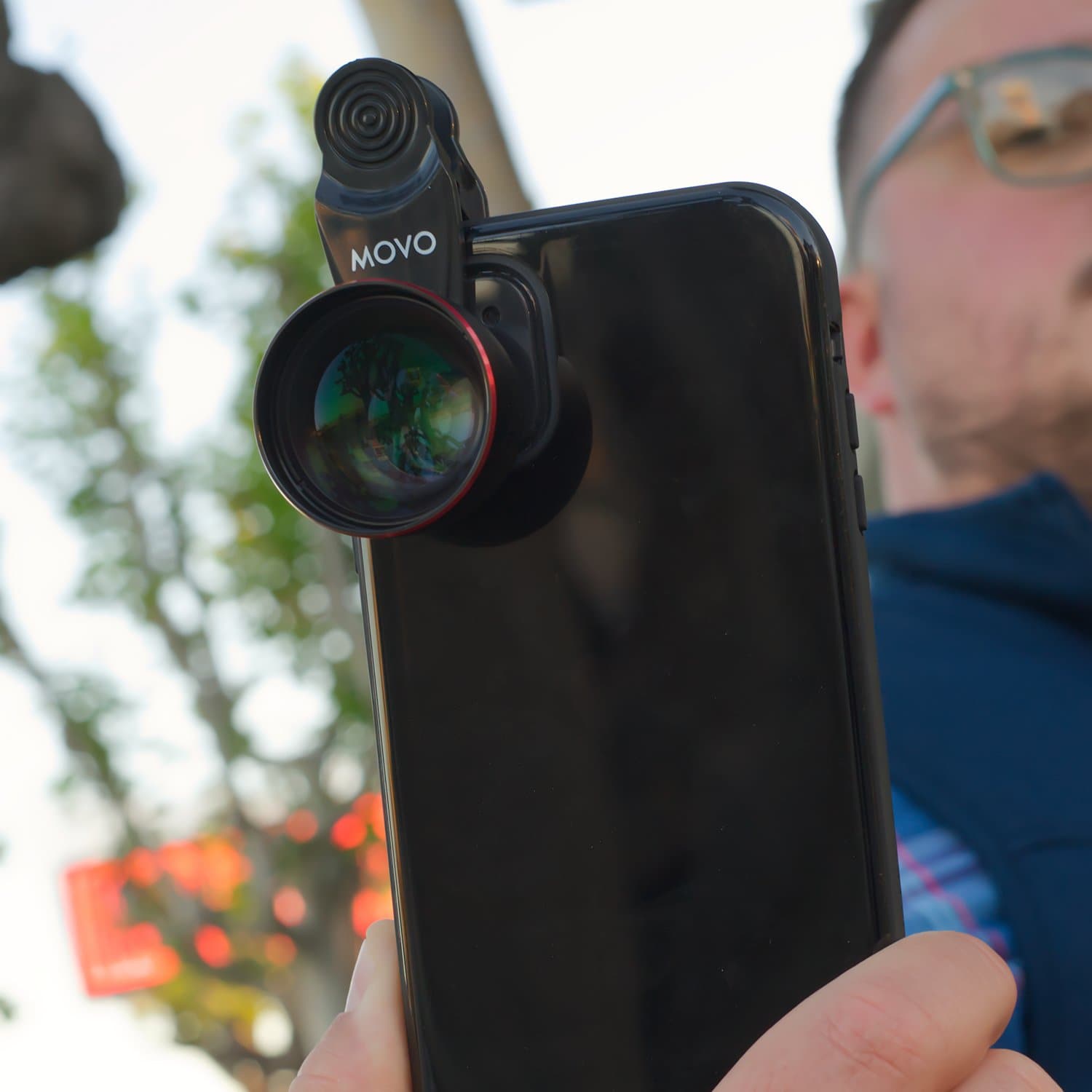
olloclip - Vista Lens Set - Black Lens / Black Clip - iPhone 8 / 7 / 8 Plus / 7 Plus - Telephoto and Super-Wide - Lens Set - Avvenice

Willstar 8 times Mobile Phone Telescope Universal Telephoto Lens with Clip HD Photography 8x Zoom Optical Telescope Travel Camera Phone Lens - Walmart.com

Amazon.com: Shiftcam | LensUltra 60mm Telephoto Lens - 2X Magnification, 30-40cm Focus Distance - Capture Distant Beauty, Flattering Portraits, Optical Zoom, Premium Design : Cell Phones & Accessories

olloclip - Connect Telephoto 2X Lens - Black - iPhone 8 / 7 / 8 Plus / 7 Plus - Add on Connected Lenses - Avvenice

Amazon.com: DGSCSMY for iPhone 8 Plus Back Camera Replacement OEM 8plus 5.5" Module 12MP Main Rear Lens Parts with Wide Telephoto Lens OIS HDR Photos 4K Video Fix Repair Assemble Tools Kit


















